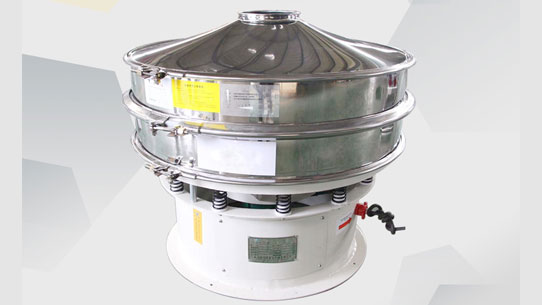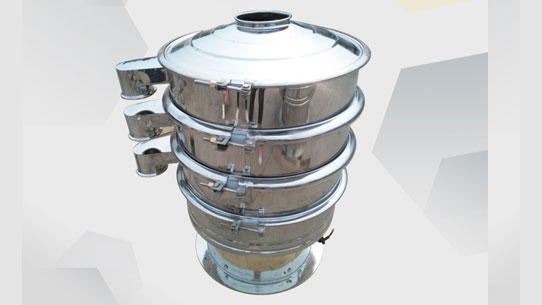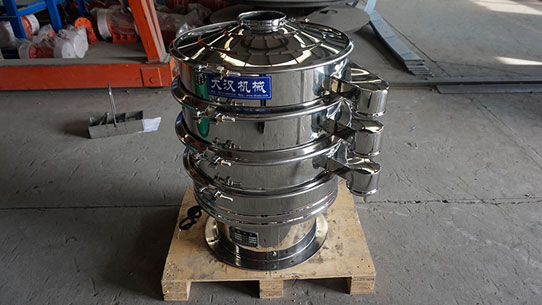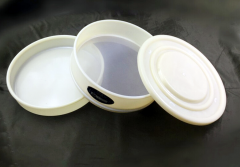Sand screening test Experimental purpose
Friday July-11 2025 17:32:00
What is the sand screening test and its experimental purpose?
The sand screening test is a basic experiment in building material testing for analyzing the characteristics of sand particles, and Sand screening test Experimental purpose (the experimental purpose of the sand screening test) is the core guide of this test. Through standardized screening operations, it determines the particle gradation and coarseness of sand, providing a key basis for the rational application of sand in engineering. Sand screening test Experimental purpose not only relates to the performance of sand in materials such as concrete and mortar but also is an important link in ensuring project quality, running through the entire test process.
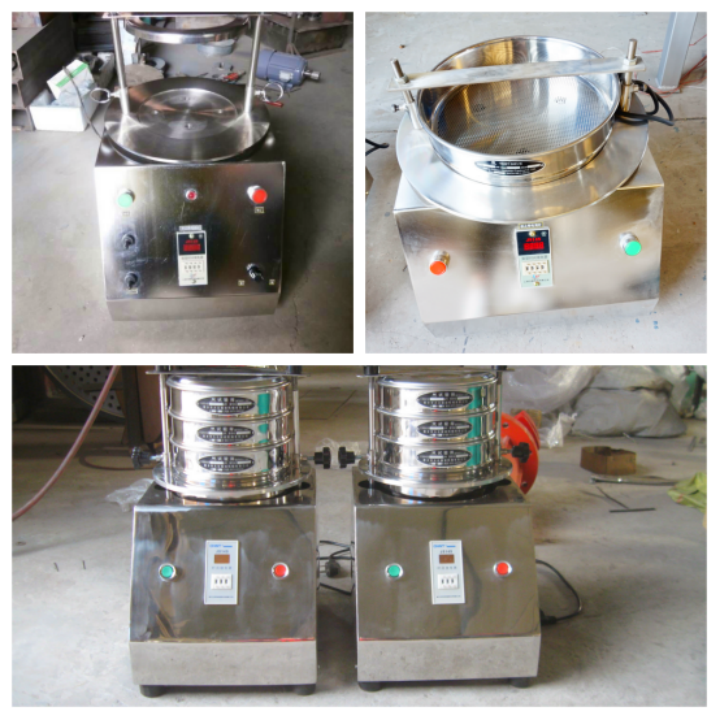
What does Sand screening test Experimental purpose include?
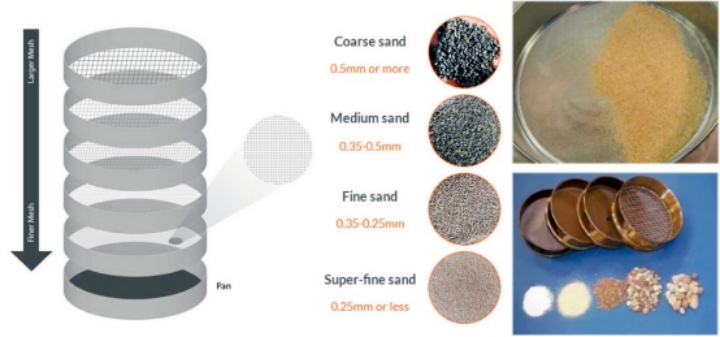

Sand screening test Experimental purpose mainly focuses on the performance evaluation and engineering application of sand, covering multiple key aspects. These contents together form the target system of the test to ensure that sand can meet the needs of practical engineering.
Judge whether the particle gradation of sand meets the standards and clarify whether the distribution of particles of different sizes is reasonable
Provide particle characteristic parameters for the mix design of materials such as concrete and mortar to ensure the performance of mixtures.
Evaluate the processing quality and source applicability of sand to determine whether it is suitable for specific engineering scenarios.
Realize effective control of sand quality and predict its material performance in engineering.
What advantages does Sand screening test Experimental purpose reflect?
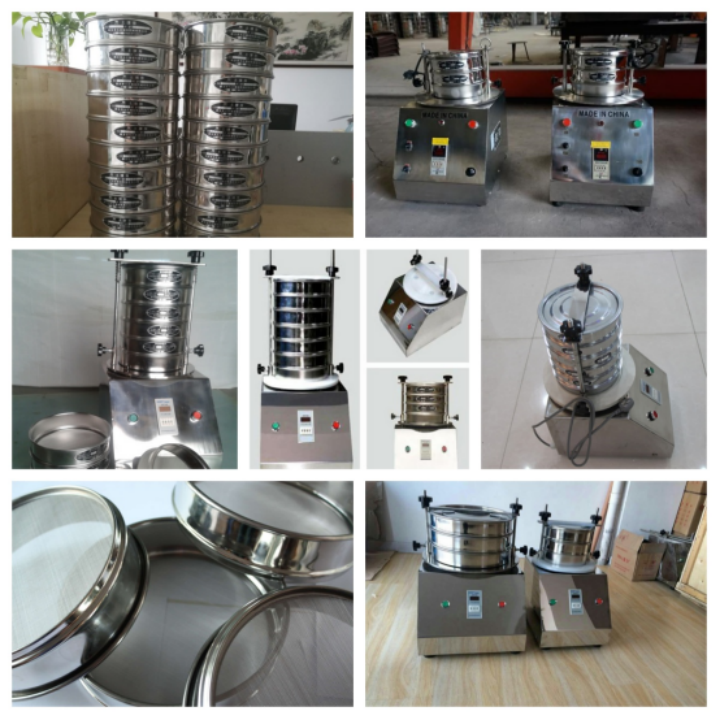
The advantages of Sand screening test Experimental purpose lie in its ability to provide reliable support for engineering practice through scientific means, with strong practicality and guidance. These advantages enable the experimental purpose to be effectively realized in practical applications.
Accurate results: The particle gradation data obtained through standardized processes can accurately reflect the characteristics of sand, providing an objective basis for judgment and helping to achieve Sand screening test Experimental purpose.
Guidance for practice: Conclusions drawn based on the experimental purpose can be directly used in engineering material design and quality control, reducing engineering risks caused by sand performance issues.
Wide applicability: Whether for natural sand or machine-made sand, the experimental purpose can targetedly evaluate their performance to meet the needs of different engineering scenarios.
What is the principle behind Sand screening test Experimental purpose?

The realization of Sand screening test Experimental purpose relies on the basic principles of particle screening and data analysis, achieving the test goals through physical separation and mathematical calculation. This principle is the foundation for supporting the realization of the experimental purpose.
The test uses standard sieves with different apertures to separate sand samples by particle size. By weighing the mass of sand in each sieve layer, it calculates the sieve residue percentage and cumulative sieve residue percentage, thereby determining the particle gradation and fineness modulus. It is based on this principle that Sand screening test Experimental purpose can accurately analyze the particle characteristics of sand and provide data support for subsequent evaluations.
Types of Standard Test Sieve Equipment
|
NO. |
Name |
Application |
Specification |
|
1 |
Standard soil sieve |
Analyzing the particle size distribution of soil, it is possible to separate soils of different fineness |
0.075mm, 0.25mm, 0.5mm, 1mm, 2mm, 2.5mm, 3mm, 4mm, 5mm, 6mm, 7mm, 8mm, 9mm, 10mm, 12mm, 13mm, 20mm, 40mm, 60mm |
|
2 |
Standard gravel screen |
Determination of sand, silt and clay |
2.5, 5, 10, 16, 20, 25, 31.5, 40, 50, 63, 80, 100mm, with bottom cover or 2.36, 4.75, 9.5, 16, 19, 26.5, 31.5, 37.5, 53, 63, 75, 90mm, with bottom cover |
|
3 |
Standard pharmacopoeia sieve |
Analysis and testing of pharmaceutical powders, pharmaceuticals, and pharmaceutical granules |
10 mesh, 24 mesh, 50 mesh, 65 mesh, 80 mesh, 100 mesh, 120 mesh, 150 mesh, 200 mesh |
|
4 |
Standard stone sieve |
For determination of particle size distribution of sand, aggregates, soil |
1, 1.7, 2.5, 3.15, 5, 7.1, 10, 16, 20, 25, 35.5, 40, 45, 56, 63mm |
|
5 |
Standard cement sieve |
Check the fineness of cement |
A total of 5 pieces, including the bottom and cover, the specifications are 0.125, 0.71, 0.9, 5, 20mm |
|
6 |
Standard aggregete sieve |
Determining aggregate particle size distribution |
80, 60, 50, 40, 30, 25, 20, 10, 5, 2, 1, 0.5, 0.2, 0.075mm |
In which fields is Sand screening test Experimental purpose applied?

Sand screening test Experimental purpose has a wide range of applications, covering various engineering construction scenarios related to sand, providing guarantees for the utilization of sand in different fields. These applications fully reflect the practical value of the experimental purpose.
Construction engineering: In the preparation of concrete and mortar, select appropriate sand based on the results derived from the experimental purpose to ensure structural strength and durability.
Water conservancy engineering: Evaluate the performance of sand used in river regulation and dam construction to ensure the stability of water conservancy facilities.
Road engineering: Provide a basis for the selection of sand in subgrade fillers and pavement materials to meet road bearing and anti-deformation requirements.
Building material production: Guide production processes and control product quality in the production of machine-made sand through the experimental purpose.
Sand screening test Experimental purpose is the core running through the sand screening test. Its significance lies in providing scientific and systematic evaluation standards for the engineering application of sand. By clarifying the experimental purpose, it can accurately judge whether the performance of sand meets the requirements, providing reliable data for material selection and mix design, thereby ensuring the stability of project quality. Whether for natural sand or machine-made sand, Sand screening test Experimental purpose can effectively guide their rational utilization, reduce resource waste and engineering hidden dangers, and play an irreplaceable role in fields such as construction, water conservancy, and roads, making it an indispensable part of building material testing.

